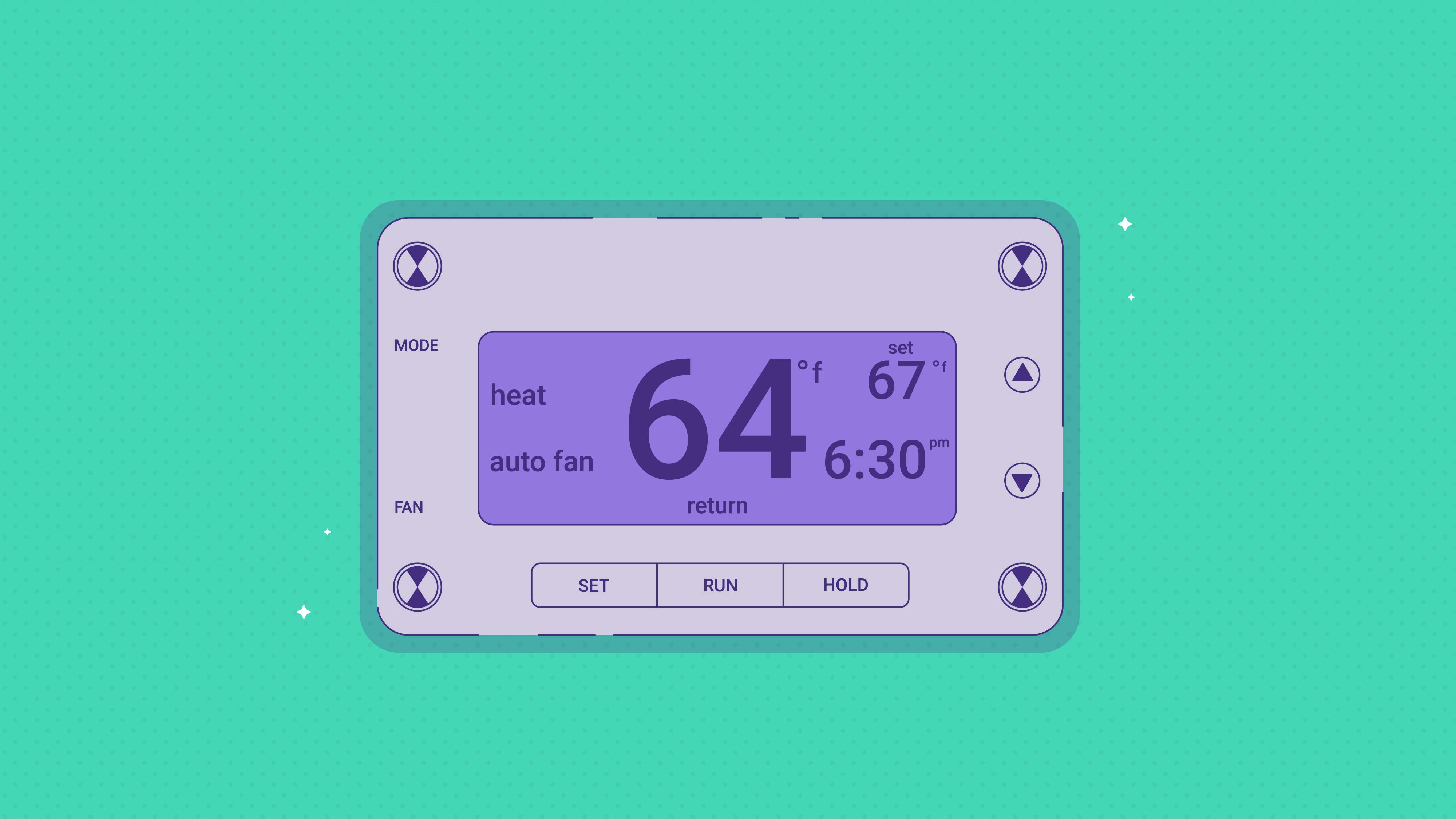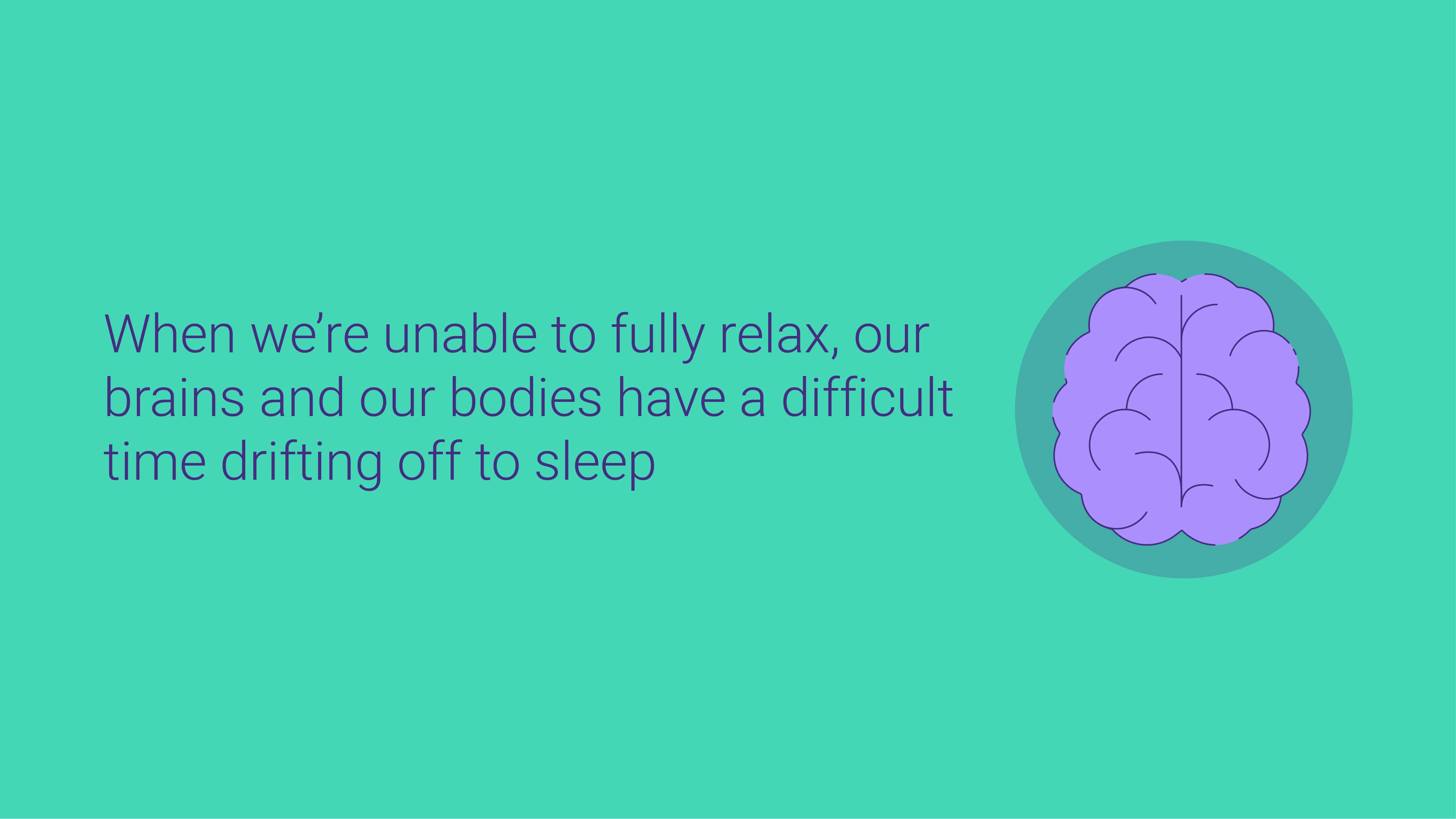
What is the Best Temperature for Sleeping?
Dr. Jessee Dietch, PhD
Dr. Jessee Dietch earned her Ph.D. in clinical health psychology with a specialization in behavioral sleep medicine from the University of North Texas. She completed her psychology residency at the Durham VA and her postdoctoral fellowship at Stanford University School of Medicine and VA Palo Alto. She is currently an assistant professor of psychology at […]
Thermoregulation, a process allowing the body to maintain its core internal temperature, is a key factor affecting sleep. Since our body’s temperature decreases when we sleep, a cool room can facilitate the change and assist in helping us fall asleep.
Studies have shown if a room is too hot or too cold, it can affect our body’s internal temperature and disrupt our sleep. Cooler temperatures have been linked to better sleep, whereas hot temperatures have been shown to increase wakefulness and affect sleep stages. Ultimately an ideal sleeping temperature is dependent on a person being comfortable, but sleep and medical experts generally recommend a sleeping temperature between 60 and 67 degrees Fahrenheit.
In this article, we explain how temperature plays into our circadian rhythm and different ways to regulate your temperature to promote better sleep.
Understanding Circadian Rhythms and Body Temperature
Circadian rhythm, or our “internal body clock,” is responsible for maintaining our 24-hour sleep-wake cycle, and telling our body when to eat, sleep, and wake. This internal rhythm is primarily affected by light and darkness, explaining why we’re naturally active during the day and fall asleep easier at night.
Our body’s core temperature follows this cycle, rising and falling throughout the 24-hour period. Around the time we go to bed, our body’s temperature drops and continues to decrease during the night, reaching its lowest point at daybreak (usually around 5 a.m.). It then begins to rise as we wake up.
The drop in temperature occurs when our skin’s blood vessels dilate. This adjusts blood flow to the skin and facilitates heat loss, making us cooler. A 2012 study shows this dilation of blood vessels promotes the rapid onset of sleep and is strongly associated with melatonin secretion, the hormone responsible for making us sleepy.
How Room Temperature Affects Sleep
We can help our bodies lower their core temperature and promote sleep onset by making a room cooler; if a room is too hot, it can negatively affect our sleep stages and keep us awake. A decrease in room temperature promotes the drop in core body temperature and facilitates sleep onset. However, if a room is too chilly, it may affect the body’s internal temperature and disrupt sleep, that’s why it’s important to find a temperature right in the middle of warm and cold.
“A good rule of thumb is to think of the ideal bedroom environment as being like a cave: cool, dark, quiet, and safe,” says Dr. Jessee Dietch, an assistant professor of psychology at Oregon State University. “The bottom line is that the environment, particularly the temperature, should be comfortable to you.”
Too Warm Temperatures and Sleep
Hot temperatures have been proven to increase wakefulness and can be one of the biggest sleep disruptors. Various studies show high temperatures prevent us from feeling rested, increase stress levels, and inhibit the restorative stages of sleep, impacting our overall quality of rest.
Researchers in one study analyzed the relationship between nighttime temperature and human sleep loss. A total of 765,000 U.S. individuals were asked to report how many days over the past month they felt they did not get enough rest or sleep. The responses were then matched with the geolocation of each interview and compared against daily meteorological data, including temperature. The results revealed nights of insufficient sleep were directly linked to higher nighttime temperatures.
High temperatures have also been linked to increased levels of cortisol, often known as the “stress hormone.” A 2018 study conducted by the American Physiological Society surveyed medical students in the summer and winter and found cortisol levels were much higher during the summer. This suggests warmer temperatures contribute to higher levels of cortisol, which can prevent relaxation and interfere with quality sleep.
Heat can also affect sleep stages including the deep, or slow-wave, sleep and rapid eye movement (REM) stages. Warm temperatures have been shown to decrease the amount of slow-wave and REM sleep we experience. When we don’t get enough slow-wave or REM sleep, we don’t feel refreshed because these are the most restorative sleep stages.
Too Cold Temperatures and Sleep
Colder temperatures can facilitate sleep onset better than hot ones. Cool environments support the body’s natural temperature decrease that occurs at night and has been proven to promote quality sleep.
In 2012, a Swedish sleep laboratory studied patients with sleep disorders and found those who slept in a room at 61 degrees Fahrenheit slept longer and better and woke up more alert than those who slept in a room at 75 degrees.

While cold temperatures haven’t been shown to affect our sleep stages as much as hot ones can, they can still prove to be a disruption by keeping us awake. Being too cold causes our muscles to contract in an effort to keep our bodies warm; this contraction prevents us from relaxing or feeling comfortable. When we’re unable to fully relax, our brains and our bodies have a difficult time drifting off to sleep.
Striking the Ideal Temperature Balance
Finding the right balance between a room that’s too hot or too cold is an important factor in getting a good night’s sleep. Generally speaking, sleep experts suggest somewhere between 60 and 67 degrees Fahrenheit as an optimal sleeping temperature; however, you might want to play around with different bedroom temperatures to determine what specifically works for you. Setting your thermostat within this range allows you to stay cool enough to promote the decrease of your body’s internal temperature and warm enough to allow your muscles to relax.
Other Ways to Maintain a Comfortable Sleeping Temperature
Turning the thermostat down is one of the easiest ways to create a comfortable sleeping environment, but there are other ways to keep cool through the night.
- Use seasonally appropriate bedding: Airy bedding, like cotton, Tencel, and linen, promotes breathability and keeps you cool and dry through the night, especially in the summer. This type of bedding is often warm enough for winter temperatures too, making it great year-round in most climates.
- Wear light, breathable clothing: Like bedding, avoid clothing made of heat-retaining materials like polyester and satin when sleeping. Light, heat-wicking materials like cotton are ideal to keep you cool and comfortable all night.
- Use fans to keep air flowing: Fans are great at aiding in airflow, especially if you’re unable to control the room temperature from a thermostat.
- Take a warm shower or bath: The drop in body temperature after getting out of the warm water may help you feel sleepy, and the experience can help you relax.
- Reconsider your mattress: Some mattress types, like memory foam, offer very little breathability, so they’re more likely to retain heat and cause night sweats. If your mattress is the cause of your overheating, try a gel mattress topper to put a cool-to-the-touch barrier between you and your bed, or upgrade to a more cooling mattress.
FAQs
Is it better to sleep in a cold or a warm room?
A cooler environment has been shown to promote better sleep. Our body’s core temperature drops when we sleep due to a dilation of blood vessels which is associated with melatonin secretion. Cooler rooms facilitate this change and can help us to fall asleep quicker. However, if the room is too cold, it can wake you up or keep you awake.
On the other hand, hot temperatures inhibit the drop in body temperature associated with sleep and can prevent us from dozing off. Warmer temperatures disrupt the crucial deep sleep and REM sleep stages—the sleep stages responsible for helping us feel rested and refreshed. Furthermore, sleeping in a room that’s too hot is likely to produce night sweats, preventing us from feeling comfortable and getting good quality sleep.
What is the ideal room temperature for sleeping?
Typically, somewhere between 60 and 67 degrees Fahrenheit is an ideal temperature for most people because it’s not too hot or too cold. We suggest starting somewhere in this range and adjusting as needed.
How cold is too cold for sleeping?
A temperature that’s “too cold” will vary from person to person. Generally, anything below 54 degrees Fahrenheit is considered disruptive to sleep. If you have a difficult time relaxing at night because it’s so cold, raise the bedroom temperature a couple of degrees and gauge how you feel. If you’re unable to control the bedroom temperature, you might throw on an extra blanket or thermal sleepwear.
Does a warm shower at night help or prevent sleep?
Our internal temperature naturally decreases at night and signals to our body it’s time to sleep. After a warm shower or bath, the drop in your body’s core temperature can promote this change and boost drowsiness. Furthermore, a warm shower prior to getting into bed can help you relax and unwind, preparing your mind and body for rest.
How can I stay cool at night without adjusting the room temperature?
If you want to save money on your energy bill, there are other effective ways to keep cool. A breathable mattress and bedding will prevent night sweats and encourage airflow to keep you dry and cool all night. Likewise, airy and light clothing will also aid in keeping you comfortable by wicking away moisture and heat.
Fans are great at increasing airflow and cooling a room down. They can help you stay dry and cool the surface of your skin, helping to decrease your body’s core temperature and promote sleep. Additionally, opening a window can also improve airflow to curb night sweats.
Conclusion
A room’s temperature can facilitate or inhibit the natural cooling of our body’s core when we sleep. A room that’s too hot can keep us awake, disrupt our sleep stages, and cause night sweats, while one too cold will prevent us from relaxing.
While there’s no one magic number that universally works for everyone, sleep experts recommend a cooler temperature, somewhere between 60 and 67 degrees Fahrenheit; temperatures above 75 and below 54 are considered too hot and too cold for good sleep.
What feels too cold or hot will vary from each person, so testing out different temperatures in the suggested range is key to finding one most comfortable to you. An environment conducive to promoting quality sleep will ensure a restful night.
